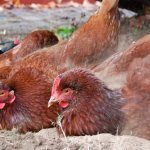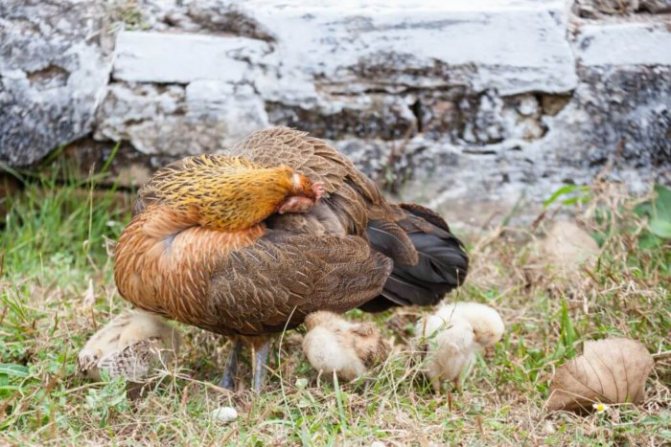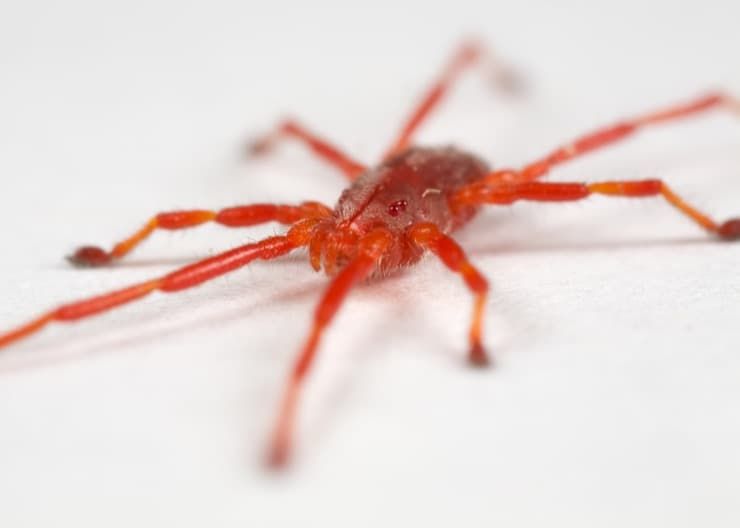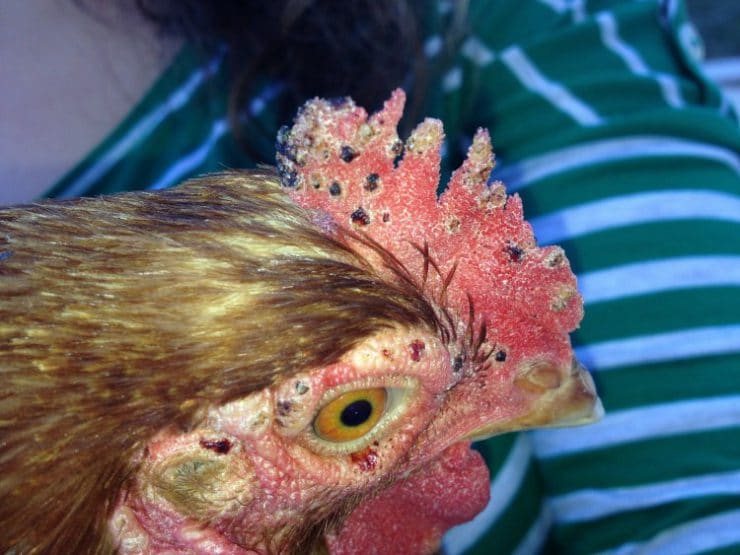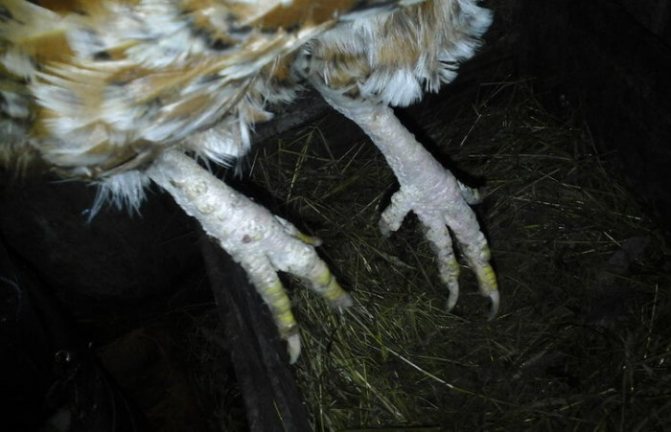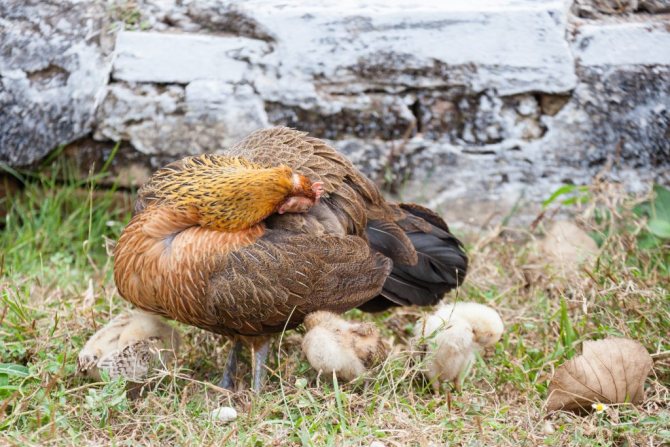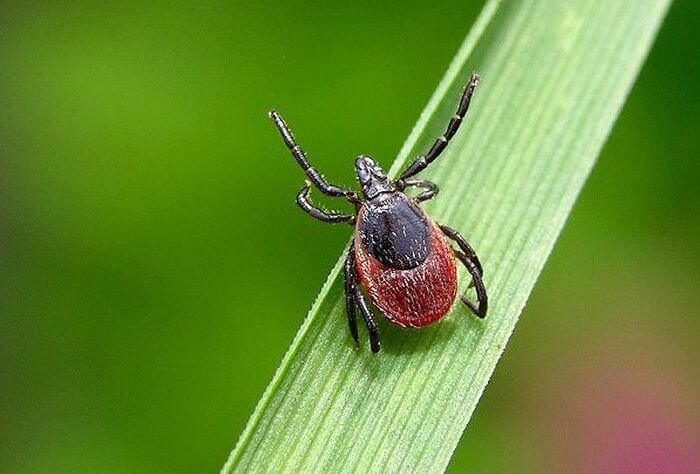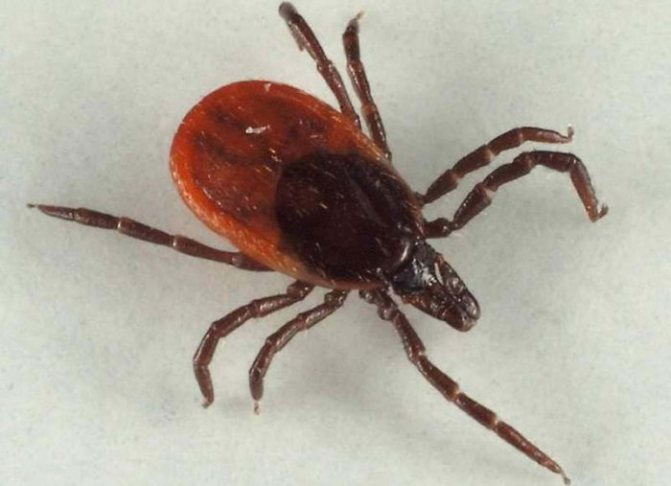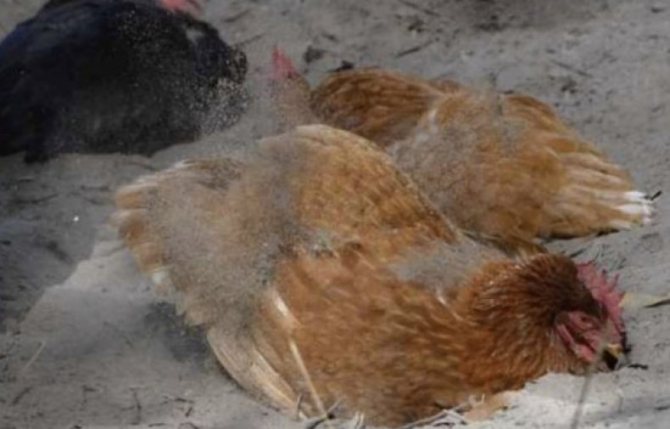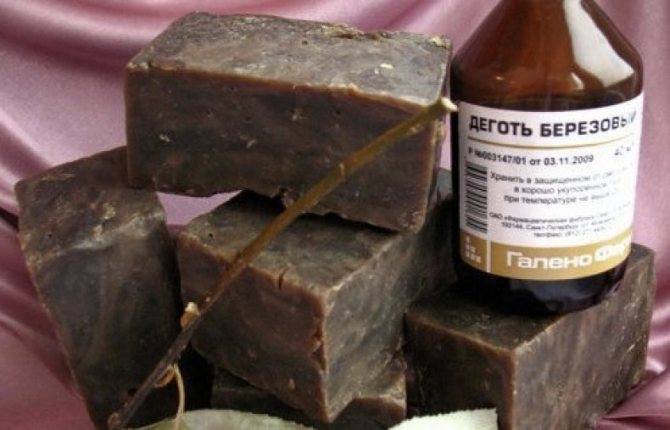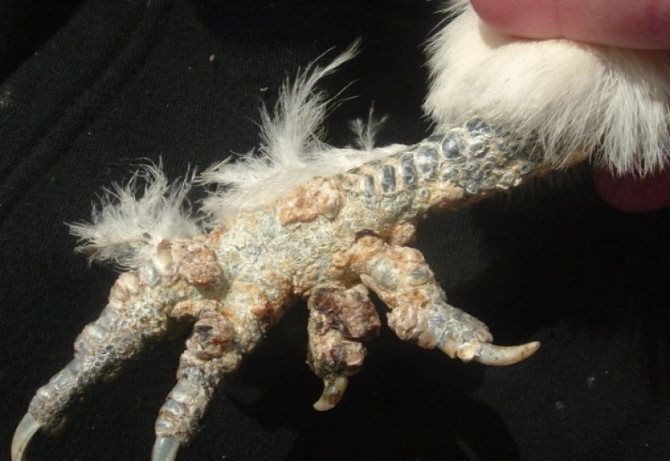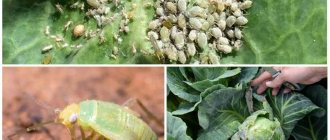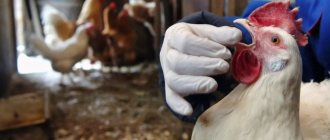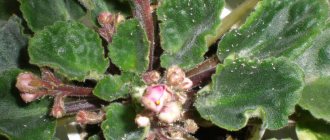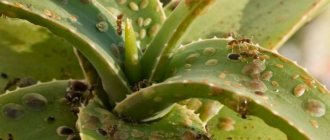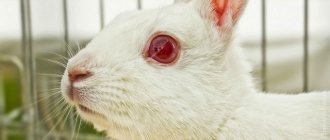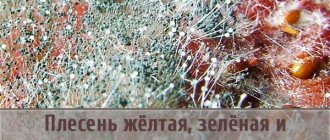The feather mite in chickens is an ectoparasite that brings a lot of trouble to birds and their owners. Chickens can become infected with a tick at any time of the year, but parasites are especially active in warm seasons (spring, summer). When infected with a parasite, the productivity of laying hens significantly decreases, the general condition worsens, and weight gain slows down. Why are feather mites dangerous, and how to deal with them, we will figure it out in this article.
Types of chicken mites
The feather mite has many varieties. Every farmer should know what the parasite looks like and carry out preventive examinations. If a disease is detected, treatment is immediately prescribed.
Microscopic mites
Micro mites cannot be seen without a microscope. However, their habitat on the body of a chicken has visual manifestations. Since the parasites feed on particles of the epithelium and secreted chicken secretions, bald spots are visible on the body. Partially the bird is balding. Her condition worsens, egg production decreases, and the quality of the feather deteriorates. Micro mites are especially dangerous for juveniles and chickens. They differ by location:
- cytodites - affects the respiratory tract and lungs;
- Knemidokoptes - cause scabies throughout the body;
- epilermoptes - feeds on epithelial particles and causes itching.
Constant discomfort causes stress in birds. This is reflected in egg production and weight gain. Infection with a microscopic mite is fraught with complications:
- breathing problems;
- baldness;
- nodular inflammatory processes;
- loss of appetite;
- severe stress;
- behavioral disturbances.
Important! Sometimes the disease appears as a change in behavior, prevention and regular check-ups are recommended for protection.
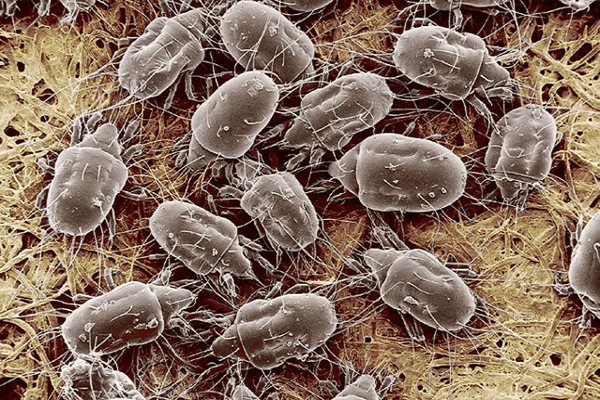
Medium pliers
Medium-sized ticks are much easier to recognize. They are divided into Red, Persian and Ixodic. They are easy to spot on the head of the bird. Insects use chickens as a food source. They bite them only at night, as they are afraid of sunlight.
Pests are often found in indoor chicken coops. Sometimes infection occurs in agricultural production. In the industry, preventative measures are carefully monitored, since it is not profitable for them to lose egg chickens. The more they get sick, the lower their performance.
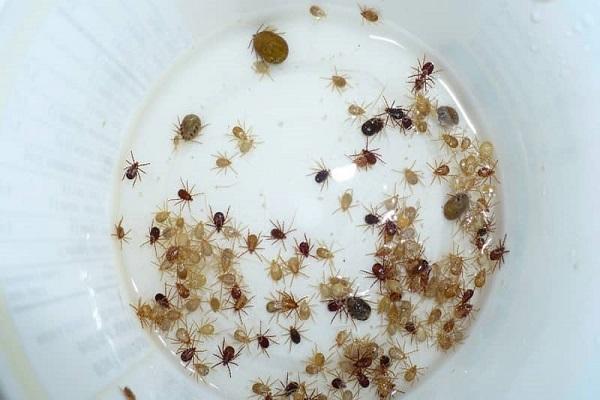

Red tick
They inhabit litters, poultry houses, perches, straw and cages. Ticks have an orange-yellow color, an elongated body, 6 legs. The entire body is covered with characteristic villi.
Ticks only turn red when they are sucked in blood. They bite at night. Bite sites can be seen on the nape and scallops of birds.
It is difficult to get rid of insects, since they are able to exist without food for about 6 months.
Females lay 20-22 eggs at a time. New individuals emerge from them. Pests do not die from severe frosts, but simply enter a state of dormancy. Most often, red mites breed in wet and dirty chicken coops.
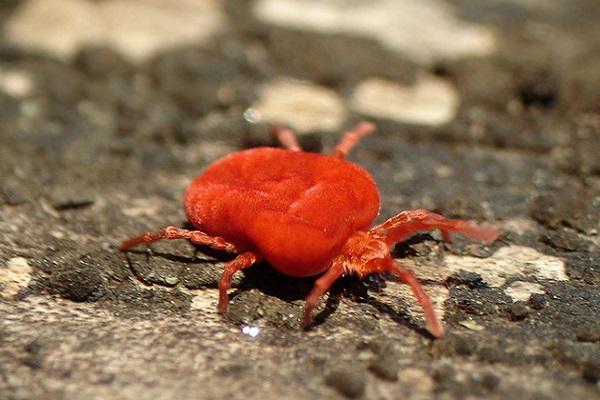

Persian tick
This type of mite is common in warmer regions. It infects poultry houses, rarely penetrates into industrial areas. It is one of the most dangerous species, as it carries diseases that are dangerous to the health of chickens:
- salmonellosis;
- tuberculosis;
- pasteurellosis.
See also
Symptoms and causes of mycoplasmosis in domestic chickens, fast and effective treatmentRead
The tick drinks the chicken's blood, then regurgitates some of the digested food, toxins and disease-causing bacteria back into the blood. After that, the infection of the individual occurs. All these diseases can lead to the death of birds.
Salmonella causes a serious infectious disease in humans. It can be contracted from birds and their eggs.
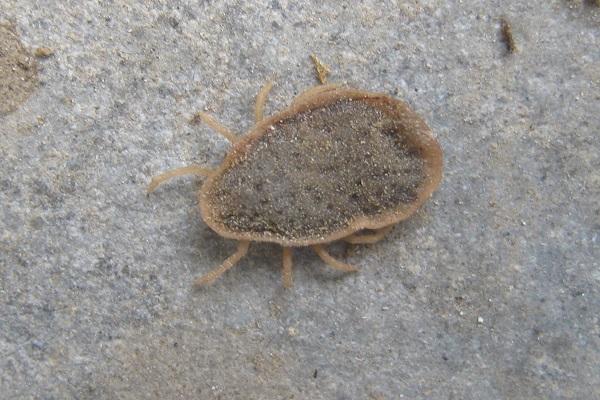

Ixodid tick
They penetrate the body of the chicken while walking. They do not pose any danger to birds. However, they are carriers of diseases for humans: Lyme Borelliosis and tick-borne encephalitis. They also bite people and pets.
They are rarely found in large numbers. Ticks bite birds, receive food and crawl back into the grass to search for a new victim.
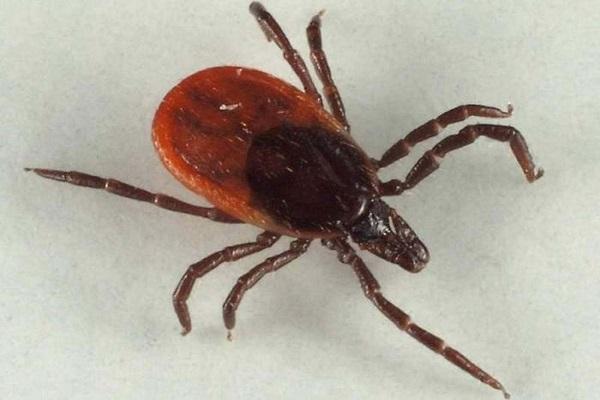

Varieties
Chickens are parasitized by various mites. Let's consider them.
Large
Large ticks can be easily seen, visually and in size they are similar to fleas. Varieties:
- Ixodids -affect not only humans, but also animals.
- Persian - argasaceae, a purely avian parasite.
- Red - they attack chickens only for food, the rest of the time they just live, breed in the poultry house.
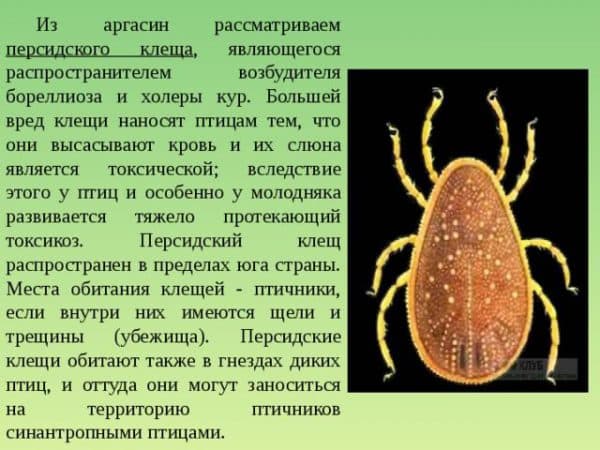

The most dangerous is the red tick - it carries viruses, bacteria, spreads typhoid, cholera, spirochitosis, borreliosis.
Red chicken mites are most common in chicken coops. The parasite has a brown body 0.6-0.7 mm in length, after filling with blood it turns purple. The female lays up to 20 eggs per day. The main activity is from early May to mid-autumn. The life cycle of a tick lasts 6-13 days. The parasite loves moisture and warmth. Learn about the care and cultivation of Phoenix quails in this material.
Microscopic
The first group of parasites is microscopic. You can't just see them. Views:
- Knemidokoptes - cause the appearance of body and foot scabies.
- Epidermoptes - microorganism-causative agent of skin scabies pathology.
- Cytodites - a pulmonary or tracheal micro mite that feeds on secretions of the epidermis and particles of cellular structures.
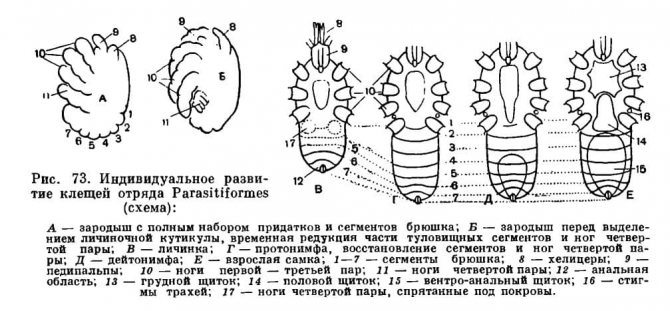

Reason for appearance
No matter how much you want to create the safest living conditions for your birds, this will not always work out. Insects enter the house for several reasons:
- penetration of rodents and wild birds into the chicken coop;
- replacement of new livestock already infected with ticks;
- due to poor ventilation in the room;
- high humidity in the chicken coop, stagnant water;
- if the number of chickens is too large for the chicken coop;
- in the absence of a sand bath for birds;
- a person can bring ticks on clothes or shoes from the street.
To prevent disease in chickens, it is recommended to regularly inspect small crevices, livestock, litter in the house. They often hide there. Checks are done in the evening. To do this, a flashlight with a bright light is directed to the place to be checked. In the presence of pests, they will begin to scatter in different directions. Then they begin to carry out chemical and sanitary treatment of the premises. At this time, it is better to evict the chickens from the chicken coop.
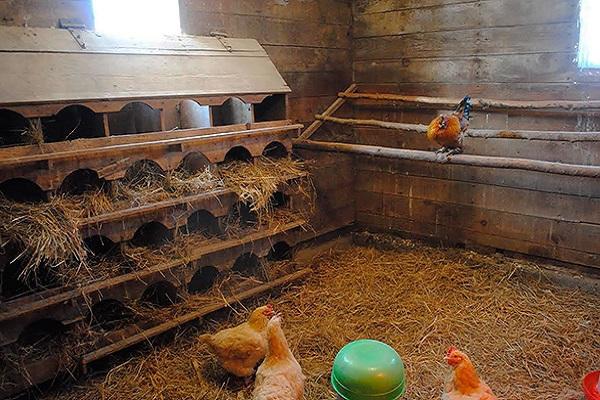

Stages of development
Manifestations of scabies depend on the phase of the disease and the age of the chickens.
Asymptomatic
The duration of the stage is up to 4-6 months. The place of penetration of the parasite is the area of the hock joint. Outwardly, infection in chickens is not determined.
Papular
The duration of the disease without treatment is 12-24 months. Under the scaly cover, knotty growths are formed, making the surface bumpy. Chickens' paws acquire a gray-white coating. Symptoms of scabies appear. Because of the pain, the bird often stands on one leg, limps.
Rustic
The last stage. Deformation of the legs is observed, the scales fall off with the formation of bleeding deep cracks.Chicken feet turn brown due to dried secretions. The waste products and decomposition of mites cause inflammation of the joints to a state of necrosis and loss of phalanges.
The main symptoms
Tick infestation is accompanied by a number of symptoms. Only by observing the behavior and condition of chickens well, it is possible to determine what they are sick with. Show the following signs:
- baldness;
- the chicken tries to pull out its feathers with its beak;
- birds are afraid to enter the chicken coop in the evenings;
- bites are noticeable on the body;
- chickens are restless;
- refuse to gnaw in a familiar place;
- loss of appetite occurs;
- egg production decreases;
- birds do not gain weight or lose weight altogether.
Not all symptoms are always pronounced. Therefore, it is recommended to monitor the condition of the chickens, check the body for bites, monitor the weight and condition of the feathers.
Important! When infected with ticks, the chicken changes its behavior almost immediately..
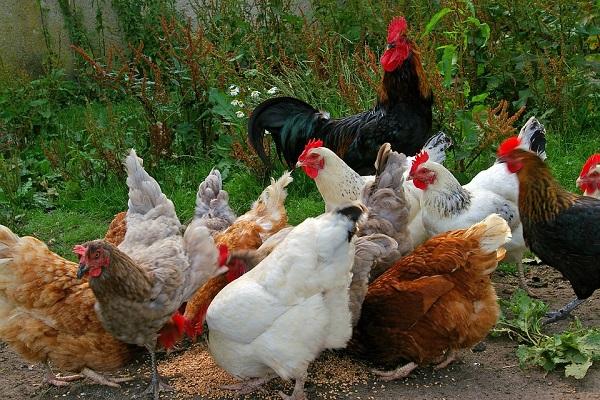

Preventive measures
In order to prevent chicken ticks, it is recommended:
- from late spring to early autumn, inspect the bird for the presence of dangerous parasites;
- change the old litter as often as possible;
- clean drinkers and feeders and pour boiling water over them;
- keep the chicken coop perfectly clean, not forgetting to remove the cobwebs;
- place the walking area in a well-lit place, sprinkle with sand and keep dry;
- spray the chicken coop with diesel fuel, and coat the floor and walls with lime.
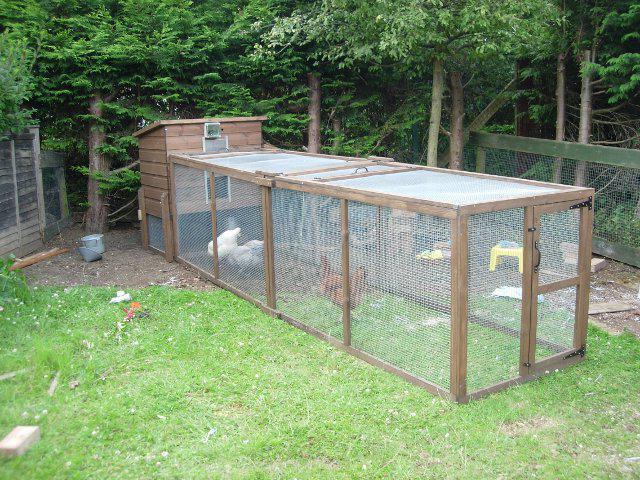

The type of poultry keeping plays an important role in preventing chicken tick infestation. With the cellular method of growing, the risk of the appearance of parasites is minimal, since there are no perches covered with droppings, where the chicken tick completes its life cycle.
Methods for diagnosing parasites
You can diagnose ticks visually by examining the places where insects live:
- Ticks that live in feather holes. Most often they are located under the wings on the neck, in the area of the eyes and beak. When damaged, the chicken dramatically loses weight, and egg production decreases. Bald spots are also observed on the body.
- A microscopic mite is almost impossible to spot. It is localized throughout the body. Manifestations can be noticed after 2-3 months, when bumps appear on the paws, and the fingers are deformed. Prior to this, the bird behaves restlessly, as it experiences constant itching and discomfort.
- Red tick. More often than others, it affects the body of the chicken. It can be seen by looking at the feathers, it will run over the skin. The check is done in the evening. Also, bite wounds will be observed on the skin.
See also
Description and forms of Newcastle disease in chickens, symptoms and treatmentRead
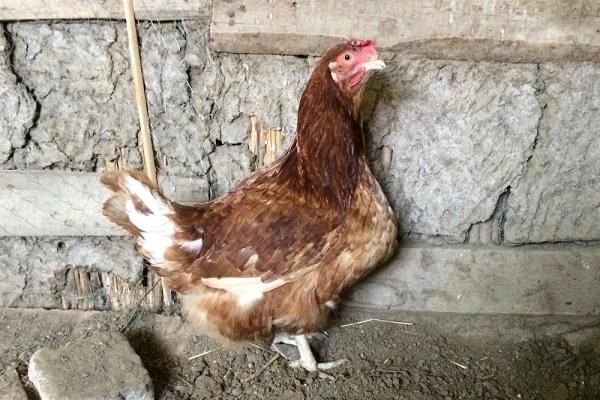

What diseases cause: how to remove and how to treat
Parasites visible to the naked eye, and those that cannot be seen without a microscope, are not only an irritating factor in the life of birds, but also carriers of a large number of infectious diseases. In addition, itching, which accompanies most parasitic influences, provokes the bird to constantly tear problem areas, which leads to new infections entering the wounds.
Foot scabies
Knemidocoptosis, which got its name from the microscopic pathogenic parasite Knemidocoptosis, is popularly known as scabies. Another apt name is "calcareous leg", which arose from the appearance of the affected leg: swollen, knobby scales of the legs, in a neglected form covered with growths.
The disease progresses slowly, becoming chronic. Chickens aged 3 to 5 months are especially susceptible to it. The danger of this parasitic infection is that you can notice external manifestations only after a few months. Before that, the tick does not detect itself in any way, and only after the accumulation of exudate does the signs of inflammation appear.
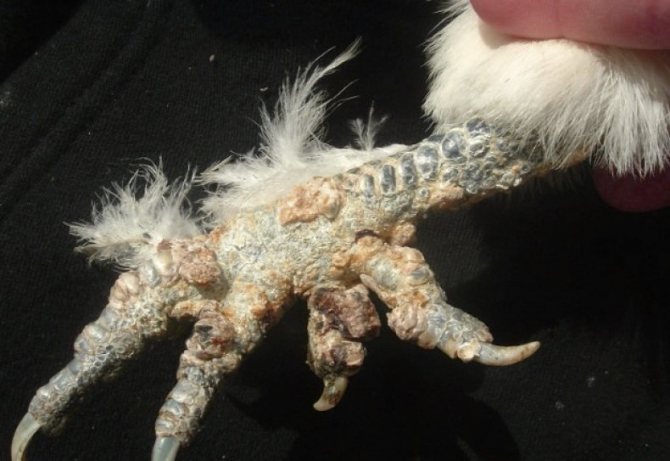

Bird breeds whose legs are covered with feathers are less likely to be attacked by ticks. In other breeds, when the legs and beak are affected, tubercles appear that resemble a lime (hence the name).If you pick up such a tubercle, you can see the passages that the parasite gnawed: the internal structure will look like a sponge. The disease can last for years, dying down by winter and reactivating with the arrival of spring. As a result of neglected conditions, toes or feet die off entirely.
- a bath of forty-degree birch tar: the legs of chickens are immersed in it up to the hock; for a dozen birds, 300 g of tar is enough;
- half-percent emulsion of nikochloran;
- birch tar in half with kerosene;
- emulsion of azuntol 0.3%;
- 1% solution of trichlorometaphos.
How to get rid of chicken mites
You can destroy harmful insects using chemical and folk remedies. Each farmer decides for himself what to use. Chemicals are much more effective than natural ones.
Chemicals
Before starting the use of chemicals, the chicken is examined for wounds. If they are, then they are lubricated with any healing agent. Traditional medicines are used:
- Iretrium is a powder consisting of crushed chamomile flowers. They are sprinkled with the body of a chicken at the rate of 15 g per 1 kg of an individual.
- “Sevin” is also used as “Iretrium”.
- Aerosol "Ecoflis" is an insecticide that destroys insects in 2-3 days.
- The drug "Ivermerk" is used according to the instructions, a therapeutic and prophylactic agent.
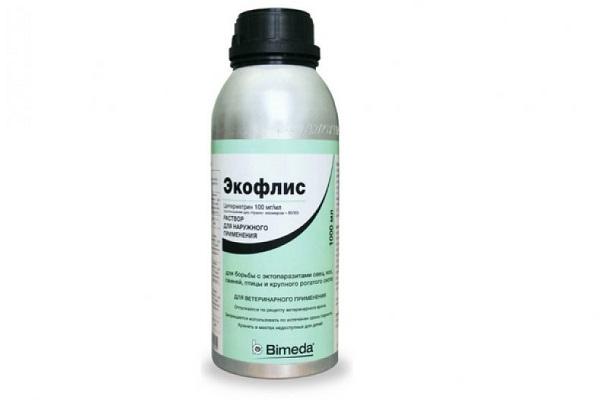

Folk remedies
Many farmers believe that the use of chemicals in the fight against diseases is harmful to the health of birds and affects the quality of eggs, therefore they prefer to use folk remedies.
Wood ash and sand
Wood ash and sand are mixed in equal proportions. Leave it in the chicken coop, the birds themselves take such baths. Wood ash kills mites.
Plants
Strongly smelling plants are hung in bunches in the hen house, they scare off pests. Suitable for this:
- sagebrush;
- mustard;
- mint;
- parsley;
- garlic;
- onion.


Treatment
Birch tar is used to treat acariform chicken mites on the legs of poultry. It is heated to a temperature of 40 degrees, poured into a deep bath and the chicken is placed in the solution at the hock joint. You can simply apply tar on the parasitic surface of your leg using a soft brush at intervals of 6-7 days.
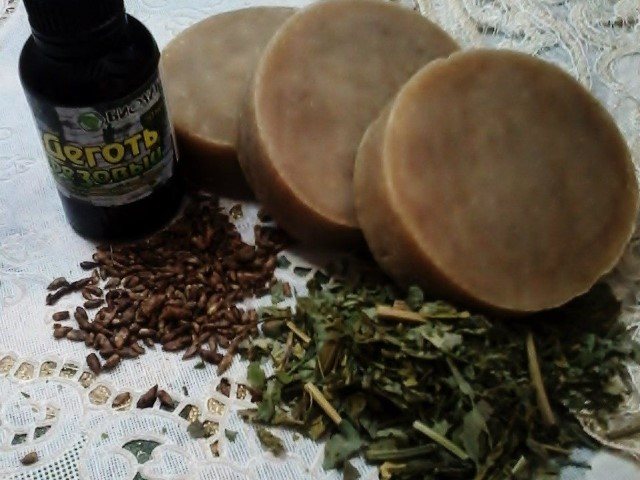

Birch tar kills mites on chicken legs
Advice! If the tick lives on the legs of chickens, use a solution of Trichlormetaphos or a mixture of birch tar with kerosene in a 1: 1 ratio.
If chickens are infected with a scabies mite that lives on the legs, parasites can be removed using complex acaricide-insecticidal agents in drops, solutions, aerosols. They are simply rubbed into the affected skin several times at intervals of 2-3 days.
Dangers and methods of protecting people
Not all ticks are dangerous to humans. Ixodid ticks are carriers of Lyme Borelliosis and tick-borne encephalitis. For pests to enter human blood, direct contact through the blood is needed. If there is a population of ticks in the chicken coop, then it must be destroyed with the help of insecticides.
Also, Persian ticks carry salmonellosis. It causes disease in birds. If you do not notice the symptoms right away and eat meat or eggs from an infected bird, then a serious infectious disease will develop in the human body. To prevent this, you need to carefully heat the meat and eggs of chickens.
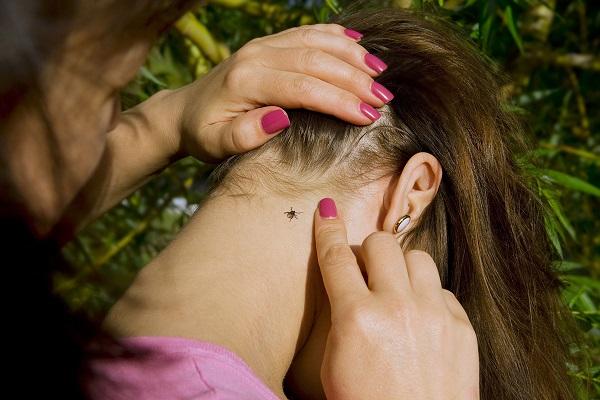

Chicken coop processing
If lice are found in several chickens, it is necessary to process not only the bird, but also the chicken coop. Before treatment with insecticidal preparations, the chicken coop must be cleaned, the old bedding and droppings must be thrown away. Insect-killing sprays are divided into two groups. Some can spray a room in the presence of a bird; when treated with a drug from the second group, chickens must be removed. Funds of the second type are cheaper, but require more labor.
- 1st group: all insecticides based on pyrmethrin, "Entomozan Super", etc. Dissolve them according to the instructions. For a square meter of the surface to be treated (walls, ceilings, floors), you need 0.5 liters of liquid.
- 2nd group: Drucker, Diazinon, Sevin, Stomazan, Tsifox. Processing is carried out at the rate of up to half a liter of solution per square meter of surface. The solution is prepared according to the instructions, the ratio differs depending on the drug.
For pest control of the chicken coop, you can use smoke bombs. These funds are produced on the basis of insecticides (PESHKA-V checkers). Processing is carried out in the absence of birds. 1 checker weighing 50 g is designed for a room of 250 cubic meters.
Advice
For the destruction of lice, it is precisely insecticidal checkers that are needed. Sulfuric ones are not suitable for these purposes. They are aimed at destroying fungi and bacterial diseases.
Prevention measures
To prevent infection with ticks in chicken coops, certain manipulations are carried out:
- monitor ventilation in the room;
- carry out preventive examinations and treatments;
- the raised chickens are weighed daily for meat;
- monitor the behavior of birds;
- monitor laying hens' egg production;
- monitor the cleanliness and order in the poultry house.
Ticks can cause serious damage to the health of chickens. Birds are susceptible to their infection, react to the disease with a decrease in productivity. This is very reflected in the industry. The behavior of individuals changes, they experience itching and discomfort. They constantly try to get rid of it by pulling out their feathers.

